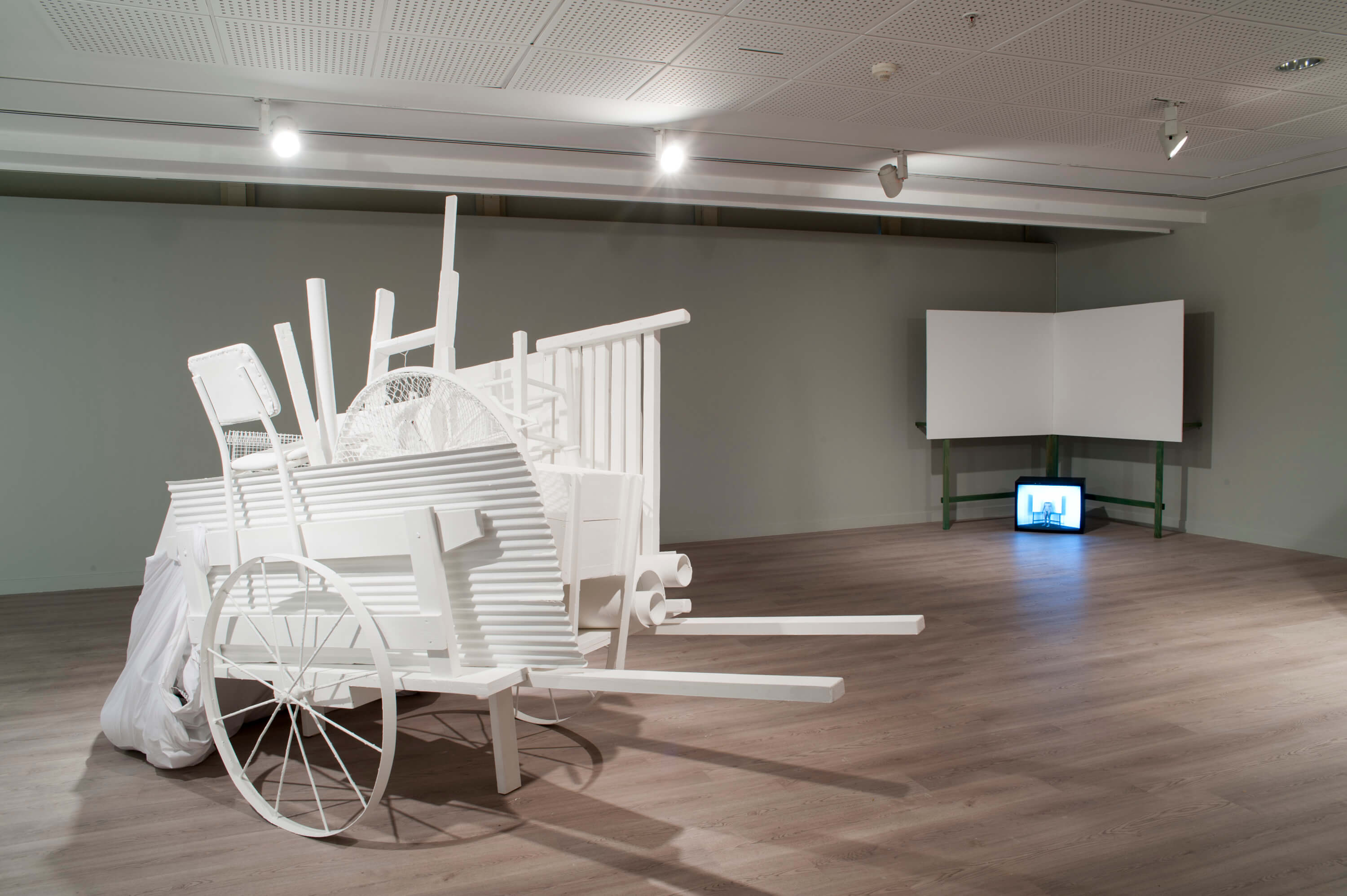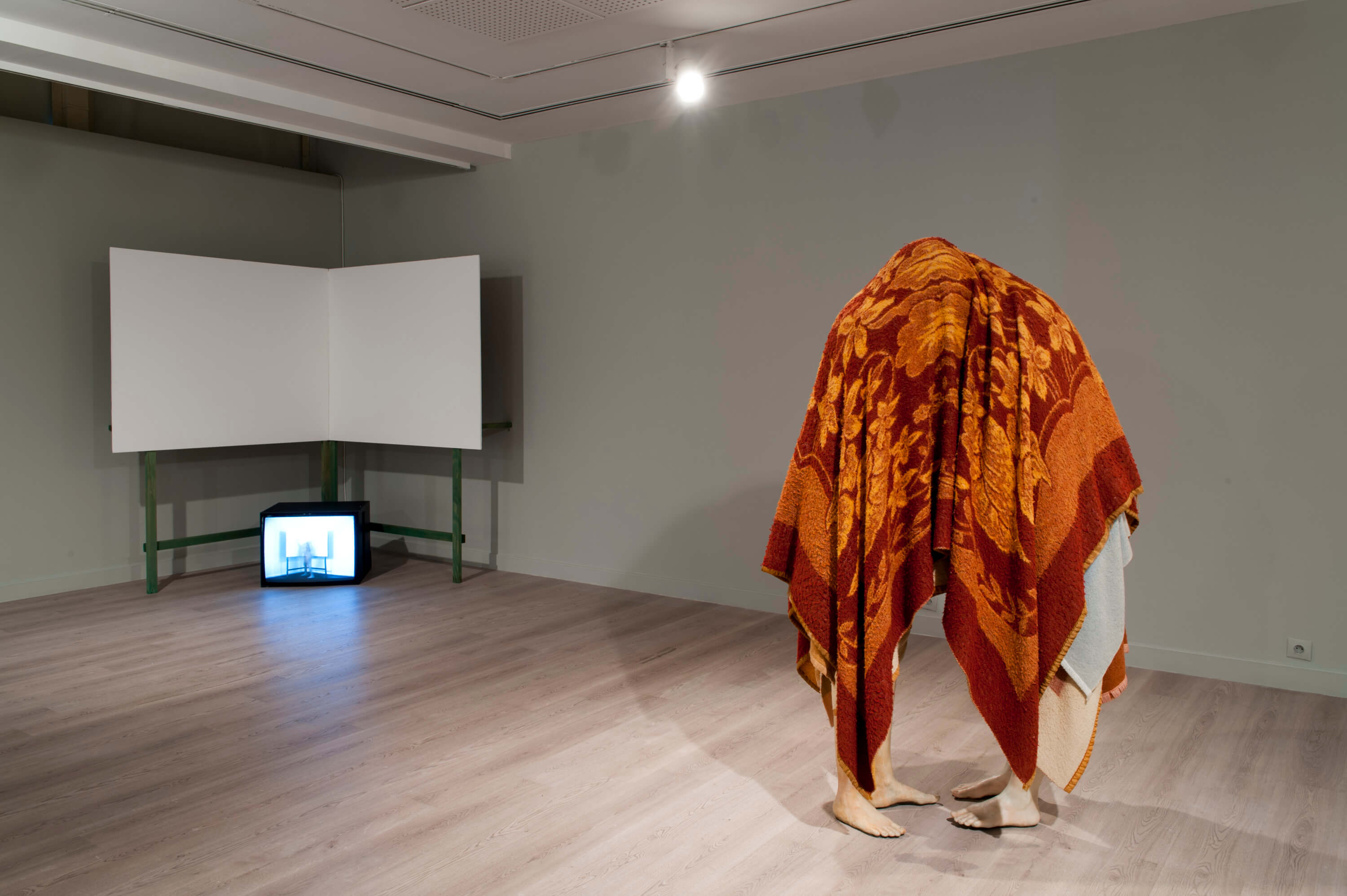Pera Kids
Ages 7-12
Which is the brightest star of the ursa minor? How do you measure the distance between celestial objects and the horizon? After a guided tour of the exhibition, we learn about some devices that were used to determine time and direction before mechanical clocks became common, such as the quadrant and astrolabe used in astronomy, as well as a device called qibla-numa. Then, using simple materials we design our own astrolabe, a device used to measure the latitude of a location when held towards the North Star. Through this workshop, we improve our ability to make objective observations using our senses and measuring tools, as well as our knowledge of astronomy.
Related Exhibition: The Art of Weights and Measures
Materials
A4 Paper / Drawing Paper
Protractor
Ruler
Cardboard
Markers
Scissors
Tape
Glue
String
Straw
Metal Nuts / Playdough (For Weights)
Ages: 7-12
Duration: 45 minutes
Admissions free, reservation required.
The event will be held via the Zoom Meeting app.
We ask that participants bring their own materials to be used in the workshops.
After the event, participants will receive a certificate of participation via e-mail.
Capacity: 60 people
For detailed information: ogrenme@peramuzesi
Our quota is full, thank you for your interest.

Pera Museum, in collaboration with Istanbul Foundation for Culture and Arts (İKSV), is one of the main venues for this year’s 15th Istanbul Biennial from 16 September to 12 November 2017. Through the biennial, we will be sharing detailed information about the artists and the artworks.

Pera Museum, in collaboration with Istanbul Foundation for Culture and Arts (İKSV), is one of the main venues for this year’s 15th Istanbul Biennial from 16 September to 12 November 2017. Through the biennial, we will be sharing detailed information about the artists and the artworks.
Tuesday - Saturday 10:00 - 19:00
Friday 10:00 - 22:00
Sunday 12:00 - 18:00
The museum is closed on Mondays.
On Wednesdays, the students can
visit the museum free of admission.
Full ticket: 300 TL
Discounted: 150 TL
Groups: 200 TL (minimum 10 people)